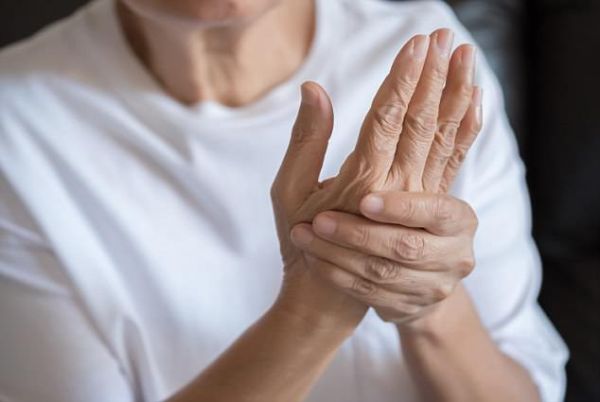Arthritis is a common condition that affects millions of people worldwide, causing pain, stiffness, and inflammation in the joints. Living with arthritis can be challenging, but advancements in technology have introduced new possibilities for pain management.
One such innovation is heated clothing, which has gained attention for its potential to alleviate arthritis symptoms.
In this article, we will explore the concept of heated clothing and examine its effectiveness in helping with arthritis pain.
Understanding Arthritis
Before delving into the potential benefits of heated clothing, it is important to understand arthritis and its impact on individuals. Arthritis refers to a group of conditions characterized by joint inflammation, leading to symptoms such as pain, swelling, reduced range of motion, and stiffness. The most common types of arthritis include osteoarthritis and rheumatoid arthritis, affecting different age groups and having varied underlying causes.
The Benefits of Heat Therapy
Heat therapy has long been recognized as a non-invasive and drug-free method for managing arthritis pain. Applying heat to affected joints can help relax muscles, increase blood circulation, and reduce stiffness, leading to temporary relief. Traditional methods of heat therapy include hot water bottles, heating pads, and warm compresses. However, these methods are limited in their ability to provide continuous and targeted heat to specific areas.
Enter Heated Clothing
Heated clothing takes the concept of heat therapy a step further by incorporating technology into garments. These specially designed garments feature built-in heating elements or wires powered by rechargeable batteries. When activated, they emit a gentle, controlled heat that can be adjusted to suit individual preferences. The heat is evenly distributed throughout the clothing, providing consistent warmth to the affected areas.
How Heated Clothing Works
Most heated clothing items, such as jackets, gloves, socks, and vests, operate on rechargeable lithium-ion batteries. These batteries power the heating elements embedded within the fabric.
Users can control the level of heat by adjusting the settings on the clothing, ensuring a comfortable and personalized experience. Many heated clothing products also come with timers or automatic shut-off features to prevent overheating.
Benefits of Heated Clothing for Arthritis Pain
- Targeted Heat Therapy: Heated clothing allows individuals to deliver targeted heat directly to their arthritic joints, providing localized relief where it’s needed most.
- Improved Blood Circulation: Heat promotes blood flow to the affected areas, helping to reduce inflammation, alleviate stiffness, and promote healing.
- Increased Flexibility: The warmth generated by heated clothing can help relax muscles and improve joint mobility, making daily activities more manageable for arthritis sufferers.
- Enhanced Comfort: Heated clothing provides a continuous source of warmth, even in cold weather conditions, helping to ease discomfort associated with cold-induced joint stiffness and pain.
- Drug-Free Pain Management: Using heated clothing as an alternative to medications offers a non-pharmacological approach to managing arthritis pain, reducing reliance on painkillers and their potential side effects.
Conclusion
While heated clothing is not a cure for arthritis, it has the potential to provide relief and improve the quality of life for individuals suffering from this chronic condition. By leveraging heat therapy in a convenient and wearable form, heated clothing offers targeted warmth and comfort for arthritic joints.
However, it is important to consult with a healthcare professional before incorporating heated clothing into your arthritis management routine. They can provide personalized advice and ensure that heated clothing is suitable for your specific condition.

For over 12 years, I have been testing and reviewing heating technologies that overcome cold weather conditions. In recent years, I have specialized in the heated apparel. I’ve made it my mission to educate people about heated clothing.
